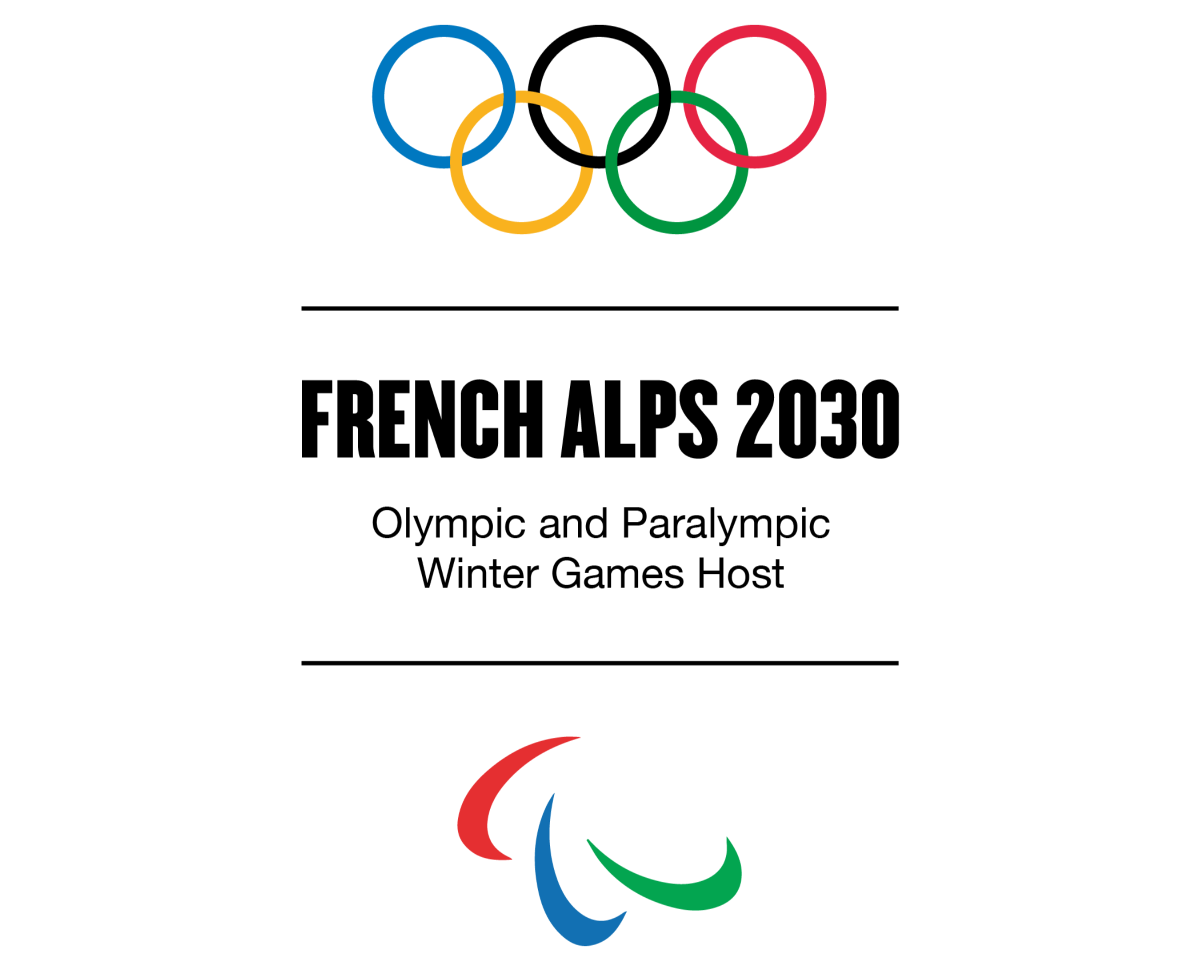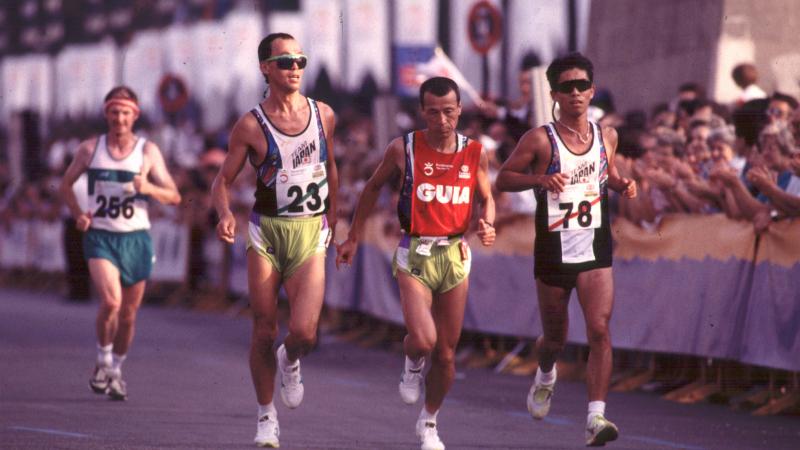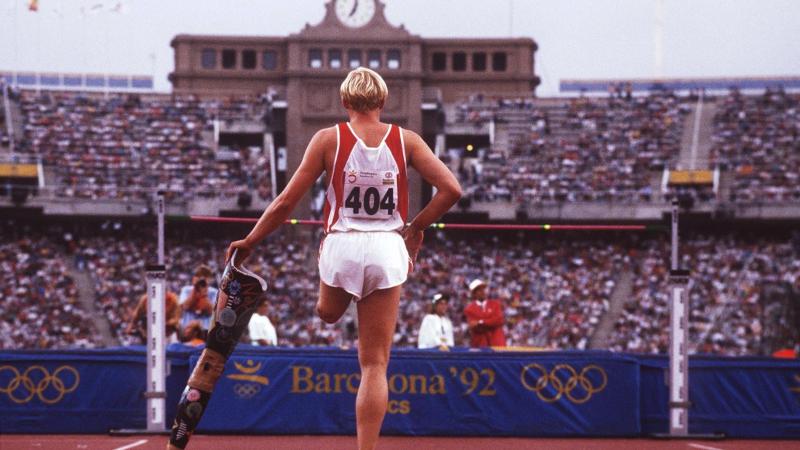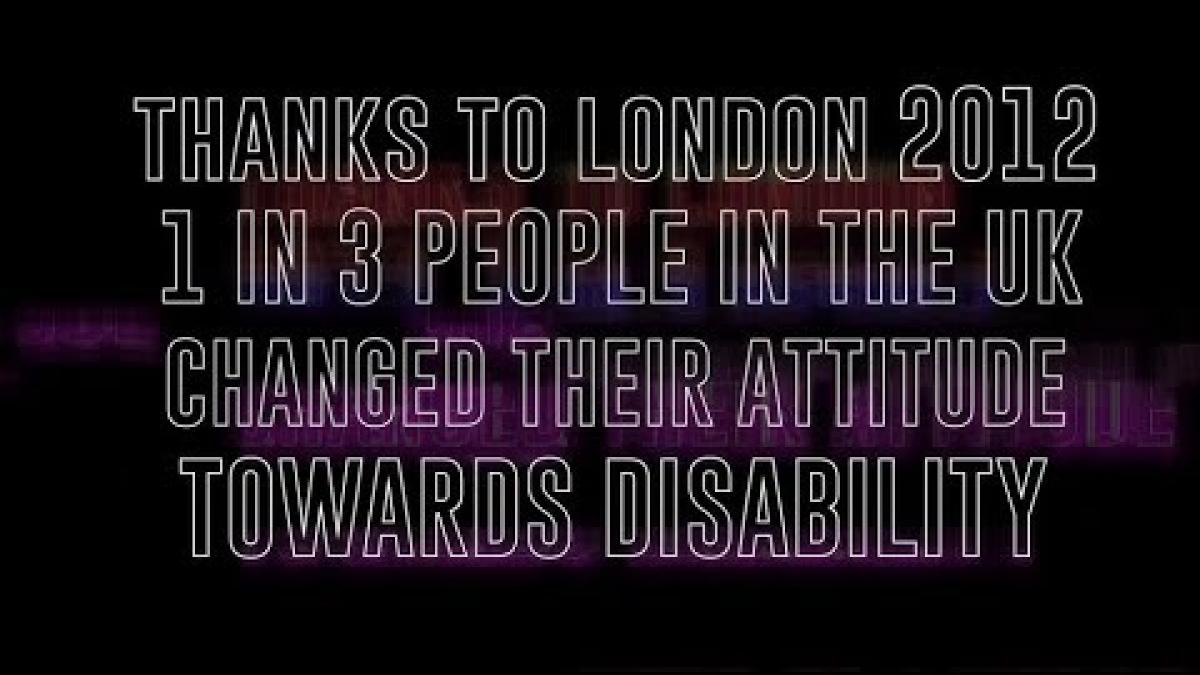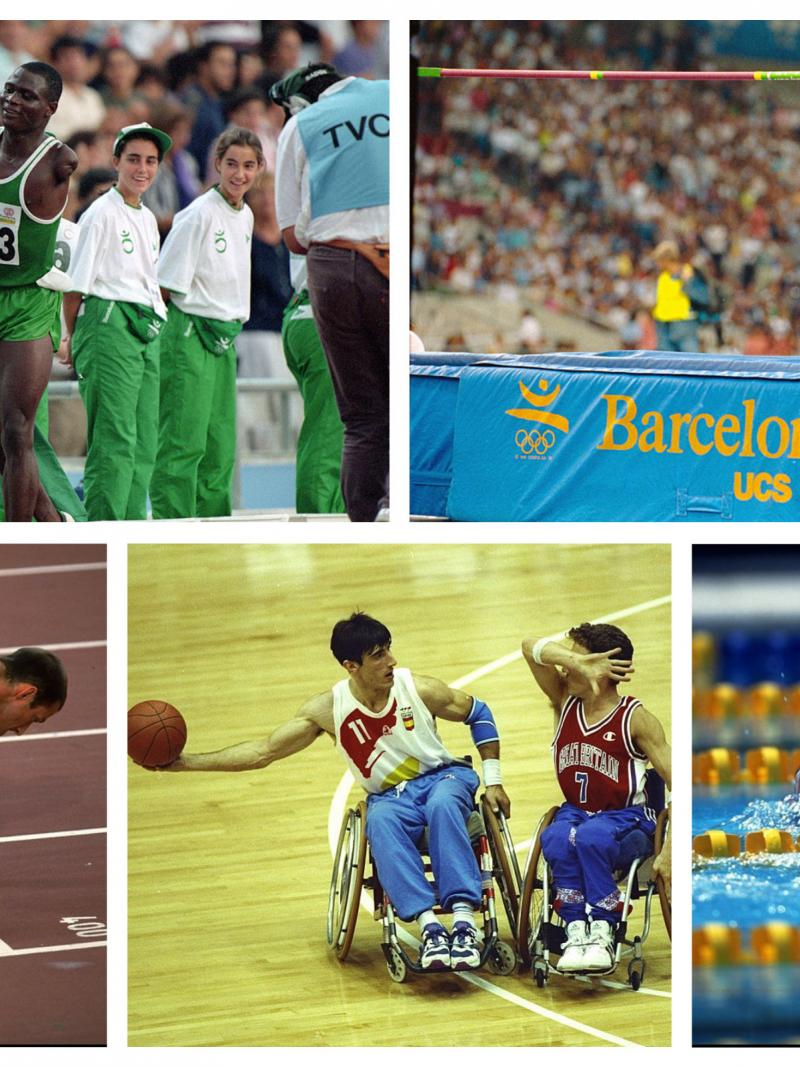Transforming Lives: Barcelona 1992 infrastructural legacy
First of three short films showcases how 1992 Paralympics triggered major accessibility improvements 03 Dec 2019The International Paralympic Committee (IPC) and United Nations (UN) Human Rights Office have launched the second series of the award-winning "Transforming Lives Makes Sense for Everyone" campaign, focussing on the accessible infrastructural legacies of the Barcelona 1992 Paralympic Games.
The first of three short films, published to coincide with the UN International Day of Persons with Disabilities on 3 December, showcases how accessibility has made a real and long-lasting impact on peoples’ lives in Barcelona.
Barcelona 1992 acted as a catalyst for urban renewal, transforming the industrial historic Catalan city into a modern, vibrant metropolis that is now one of Europe’s most popular city tourism destinations.
The Games led to significant improvements in general infrastructure and triggered several large-scale planning projects which altered the shape and future growth of the city. Importantly, the Games opened-up Barcelona to the sea and made what used to be an inaccessible city for persons with disabilities into one of the world’s most accessible.
Miguel Sagarra, Spanish Paralympic Committee Secretary General and former IPC Governing Board Member, said: “Barcelona was a cosmopolitan and interesting city, but accessibility was not on the political agenda. But that all changed with the Barcelona Games.
“Small industries were the barrier between the residential area and the sea. But an urban development was done for the Games and everything changed.
“After Barcelona 1992, the Village’s apartments were sold very fast. People living there can have breakfast and then go to the beach in five minutes.”
The village was home to 1,253 wheelchair users and 614 vision impaired athletes during the 1992 Paralympics. An additional service was provided for persons with a vision impairment in the form of remote-controlled automatic guides at the corners of some buildings, allowing them to orientate themselves easily.
Post-Games accessibility improvements in the city continued apace to meet the needs of visitors with disabilities. For example, the city’s accessibility plan from 1995 to 2004 included that pavements and squares be adapted to wheelchair users and all persons with disabilities.
Paralympic wheelchair basketball player Matilde Ruiz added: “Apart from those of us who played sports, people with disabilities did not go out as much.
“The Olympic Village was built in a very rundown area and it became a new neighbourhood with fantastic accessibility.”
Enric Truñó, Barcelona City Hall Sports Counsellor, said: “The Paralympics in Barcelona pioneered a new approach.
“We used the same Village for the Paralympics and the Olympics, and we planned it to be completely accessible from the start.”
Massive improvements were also made in transportation. A fleet of 88 low-decker buses provided by several Spanish city councils for use during the Games were seen as out-of-the-ordinary. Today, accessible buses are the norm and the Metropolitan Transport of Barcelona (TMB) currently has a 100 per cent accessible bus fleet.
The Barcelona metro network is now wheelchair adapted in 141 of 156 stations. There are voice-guided ticket vending machines throughout the network, tactile paving strips for persons with a vision impairment and door closing warning lights on an increasing number of trains.
Three new terminals were brought into service at Barcelona El Prat Airport for Barcelona 92 and new measures were put in place to transfer wheelchair users from aircraft.
CHANGING THE MOVEMENT FOREVER
A total of 2,999 athletes from 83 countries competed in 489 medal events across 16 sports at the Barcelona Paralympics, with 279 world records being broken.
A record 1.5 million spectators packed the venues, and in many cases, people were turned away, such was the demand to see the Games.
Barcelona 1992 led to a change of mentality in Spanish society. People began to understand that if persons with disabilities could achieve such feats in sports, they could also do anything else.
It was also the first time the Paralympics benefitted from daily live domestic TV coverage, with a cumulative TV audience of 7 million.
Sagarra said: “The success in terms of public, media covering the event, athletes and infrastructure was brutal. The Paralympic Village from Barcelona 1992 was probably the best one I have ever seen through all these years.”
The Barcelona 1992 Olympics also had a huge impact in the Paralympic Movement as Spanish archer Antonio Rebollo became the first and only Paralympian to have ever lit the Olympic cauldron.
On 25 July 1992, Rebollo received the Olympic flame from Spain’s basketball player Juan Antonio San Epifanio and shot a flaming arrow to mark the beginning of the Barcelona Olympics.
UNITED NATIONS SUSTAINABLE DEVELOPMENT GOALS
The “Transforming Lives Makes Sense for Everyone” campaign was launched in 2018, showcasing the positive impact the London 2012 Paralympic Games had on employment opportunities for persons with disabilities in Great Britain. In May 2019 the campaign won a UN SDG Action Campaign award.
The campaign highlights how the IPC's activities and the Paralympic Games advance the Sustainable Development Goals (SDGs). In October 2019 the IPC committed to increase the visibility of the SDGs throughout the Paralympic Movement and at upcoming Paralympic Games, while helping to change the narrative of disability.



